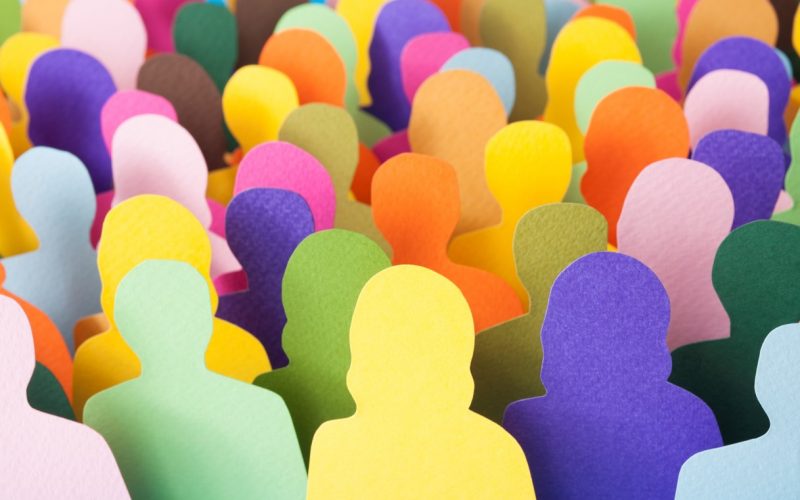Published on: July 5, 2023 at 1:56 PM
A detailed profile of diversity and inclusion within the energy and utilities sector has now been released by Energy & Utility Skills.
The profile covers both the energy and utilities sector as a whole, and provides a breakdown by industry including gas networks, gas utilisation, power, waste management, water and the supply chain.
This data, along with the recent inclusion measurement framework results from Energy & Utility Skills, provides focus areas against which the sector can prioritise its actions to attract, recruit, develop and retain a diverse workforce reflective of the communities it serves.
Over the period from 2017-21, there has been an 11% increase in the proportion of women in the workforce – now reaching a record high of 20%. Similarly, the proportion of the workforce that are from an ethnic minority background has reached a record high of 8%.
Although females in operative and craft roles remains at very low levels, good progress continues to be made in female representation across the higher skilled roles, particularly in Associate Professional and Technical Occupations.
This is a positive step towards improving the representation of women in leadership positions, but the sector as a whole is still falling short of equity in this area and is significantly behind average UK representation in the workforce, both in leadership roles and across the workforce as a whole.
Other notable findings from this analysis for the period 2016-20 include:
- Total workforce: The workforce has remained fairly stable over the past five years and is currently at 572,400.
- 27% of the workforce are employed in Skilled Trades roles, while 18% are in Professional roles and 13% are in Associate Professional roles
- Young people: The proportion of the workforce that are aged between 16-24 remains at 9% (unchanged since 2018).
- Older workers: The proportion of the workforce aged 60+ has remained largely unchanged at 9% over the past five years (compared to 11% across all sectors).
- In gas utilisation (16%) and the supply chain (13%) the proportion of older workers is higher than the all-sector average.
- Non-UK nationals: The proportion of the workforce that are non-UK nationals has increased to 9% (compared to 6% in 2018).
- 13% of the supply chain workforce and 11% of the waste & recycling workforce are non-UK nationals.
Louise Parry, Director of People & Organisational Development at Energy & Utility Skills, said “We are continuing to see steady progress in the diversity of the energy and utilities workforce, particularly in the representation of women at higher levels and in overall levels of ethnic diversity, although there is clearly still some way to go for the workforce to truly reflect the communities the sector’s workforce serves.
“Recently welcoming the 55th signatory to the sector’s Inclusion Commitment, these diversity and inclusion profiles, along with the sector’s inclusion measurement framework, demonstrate that although progress is slow, the actions we are taking as a sector and as individual organisations are taking hold.”
The full set of diversity and inclusion profiles for energy and utilities can be found below:
